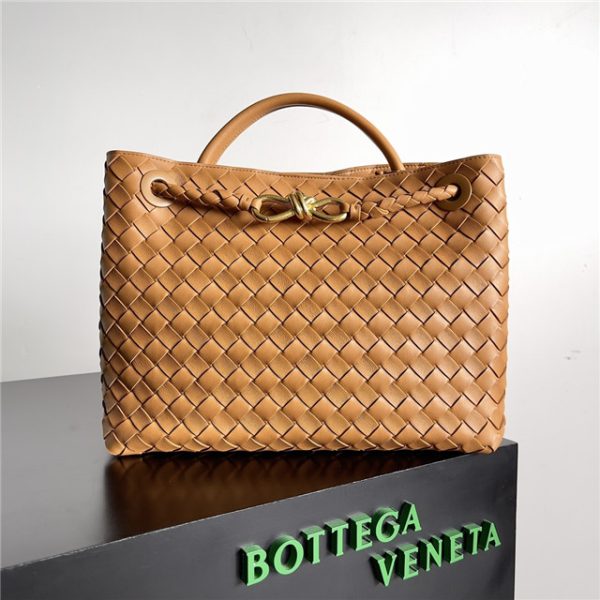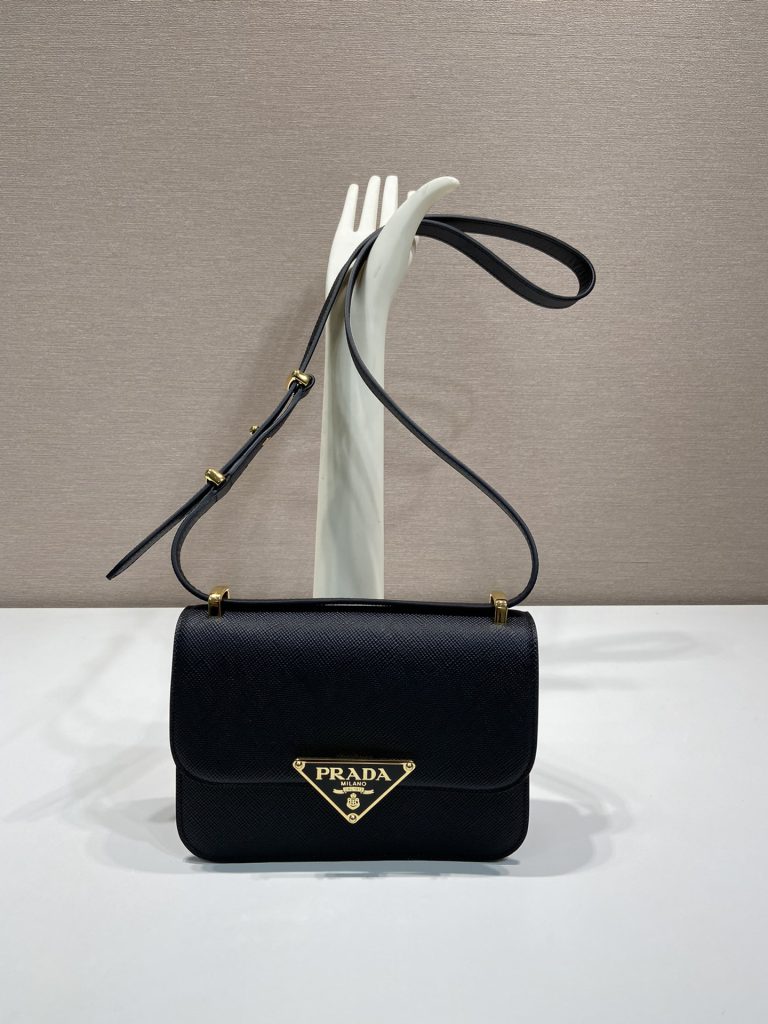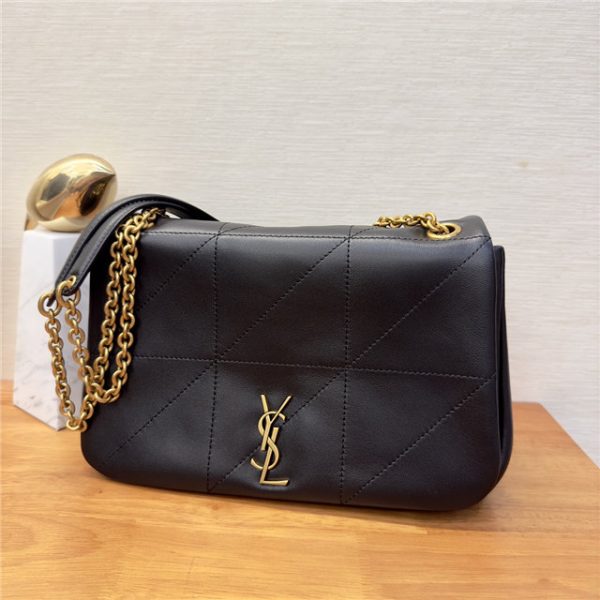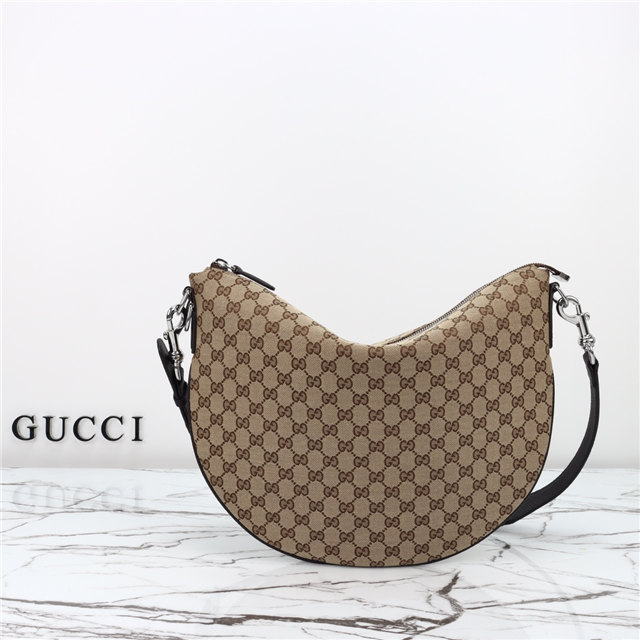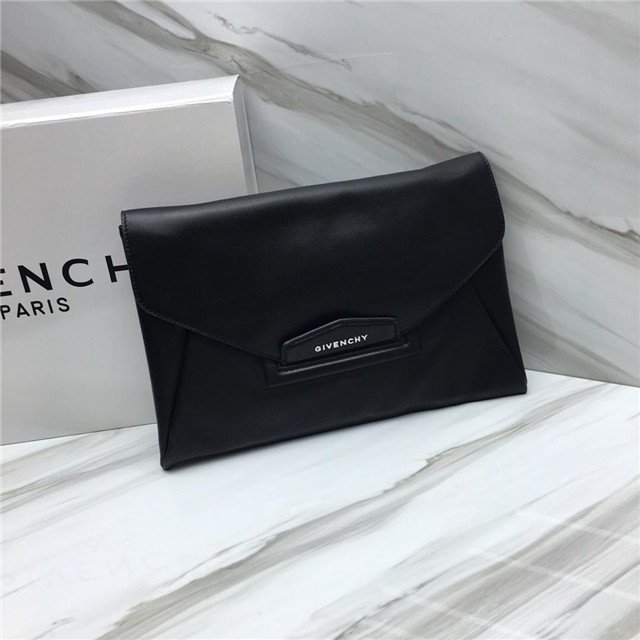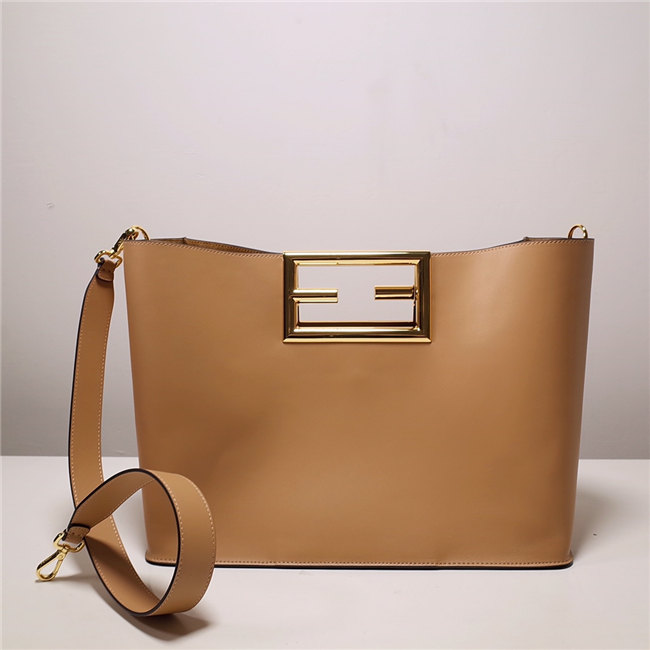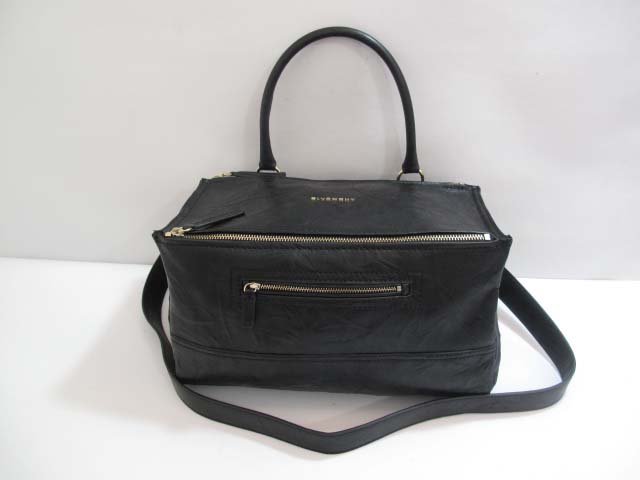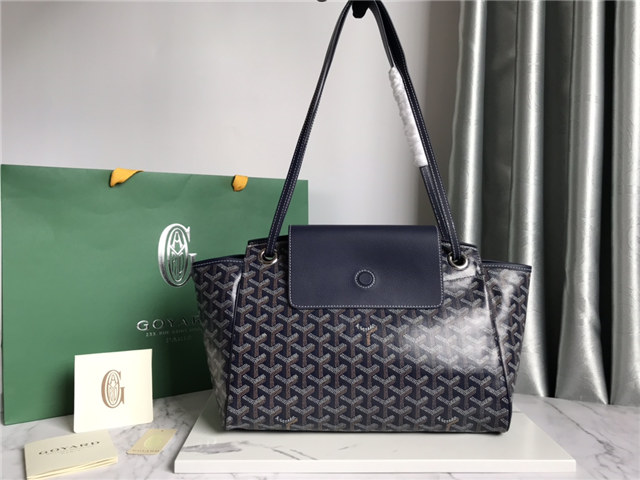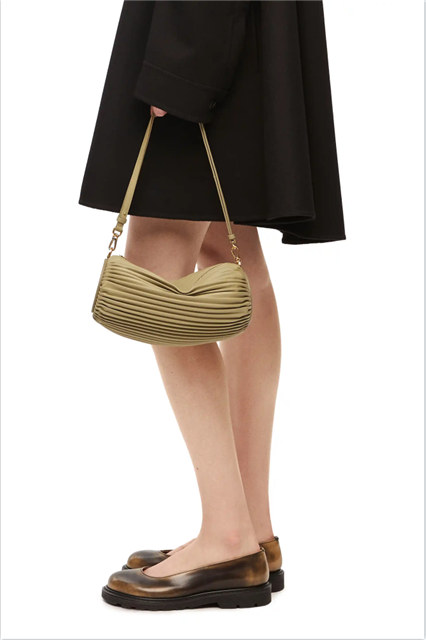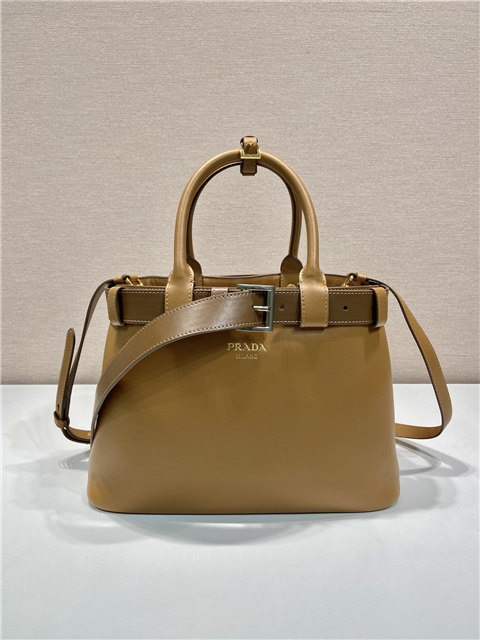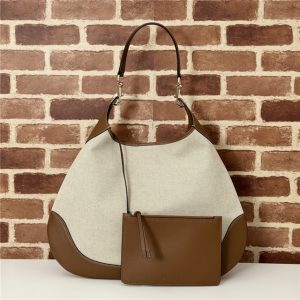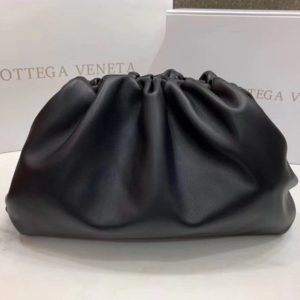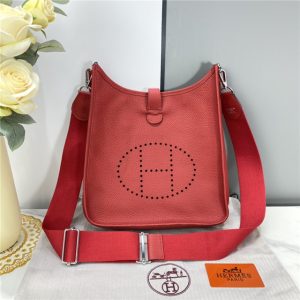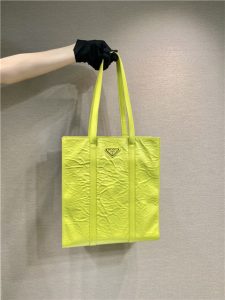Alright folks, let’s talk Casio. Specifically, the burning question: is that shiny new (or maybe not-so-new) digital timepiece on your wrist the real deal, or a cleverly disguised imposter? ‘Cause let’s face it, nobody wants to be rocking a faux-sio. It’s just… embarrassing.
And I gotta say, with counterfeiters getting sneakier than ever, it’s getting HARD to tell the difference! You’d think a simple digital watch wouldn’t be worth faking, but hey, people are cheap, and knock-offs are everywhere.
So, how do you avoid the shame and protect your hard-earned dough? Well, buckle up, ’cause I’m about to drop some knowledge bombs (in a totally disorganized, slightly rambling kinda way, just how I like it).
First things first, the logo. I mean, duh, right? But seriously, squint hard. Is it clean? Is the font correct? Does it look like it was printed by a drunk squirrel? If it’s blurry, smeared, or just plain *off*, alarm bells should be ringing. And sometimes they’ll even try to copy the design, which is bold but usually pretty obvious if you know the real thing.
Then there’s the whole “Made in…” thing. Now, this can be tricky. You see, the text I got from the web said that a genuine F-91W, for example, is made in China and the fake is made in Malaysia. But, honestly, I feel like they’re made all over now. Don’t rely on this alone. I mean, factories move, things change, ya know? It’s more like… *another* warning sign, not the final verdict.
And speaking of the F-91W, those things are practically ancient. Like, my grandpa probably wore one. So, you’d think it’d be easy to spot a fake, right? Nope! They’ve been around so long, the counterfeiters have had plenty of time to perfect their craft.
Honestly, though, the overall feel is key. Does it feel cheap and flimsy? Does the plastic feel… well, plasticky? Does the weight feel off? A real Casio, even a basic one, has a certain… heft, a certain… *je ne sais quoi*, you know? It’s hard to describe, but you’ll feel it if you’ve ever held a real one. It just feels… solid. The buttons should click nicely, not feel mushy. If it feels like it’s gonna fall apart in your hands, it probably is.
And hey, another thing: the price! If it seems too good to be true, it probably is. I mean, c’mon, you’re not gonna find a brand-new G-Shock for five bucks. Use your head!
Okay, I’m rambling. Point is, spotting a fake Casio isn’t an exact science. It’s more like a gut feeling, combined with careful observation. Check the logo, check the feel, check the price. And if something feels off, trust your instincts.

